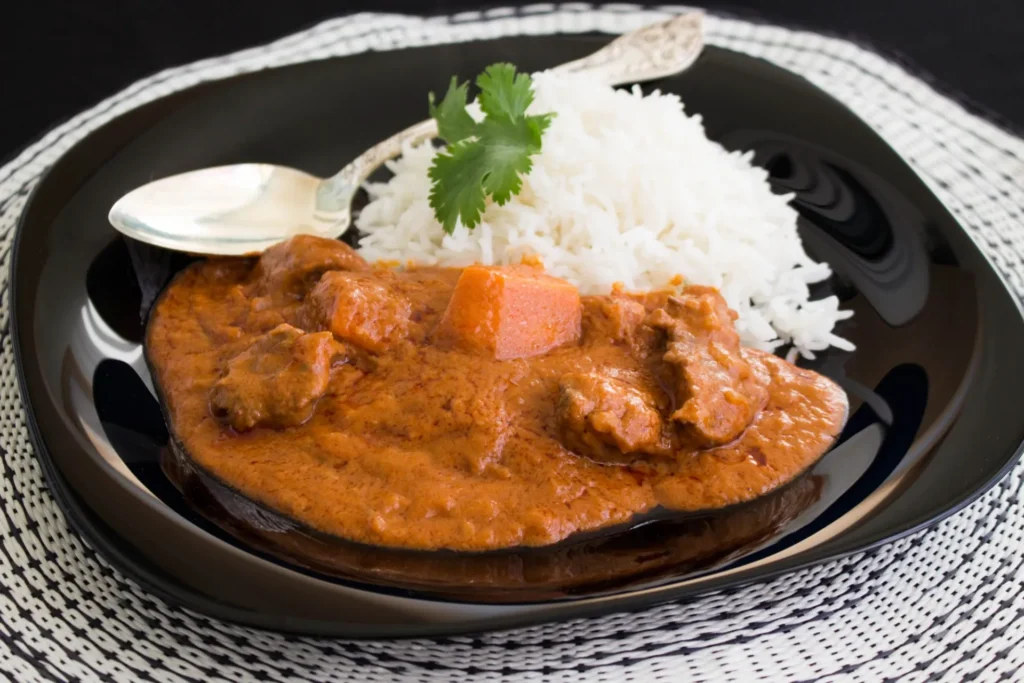Embark on a culinary journey to The Gambia with variety of different cuisines from street food to top the most amazing local cultural dishes these mouth-watering recipes that showcase the rich and diverse flavors of Gambian cuisine.
The Rich History and Culture Behind Gambian Cuisine
The Gambian cuisine is a beautiful reflection of the country’s rich history and diverse culture. It is heavily influenced by the various ethnic groups that call The Gambia home, including the Mandinka, Wolof, fulani, jola and more This cultural melting pot has resulted in a vibrant culinary tradition that combines local ingredients with cooking techniques from around the world. The Gambian cuisine is very dietary and healthy, Many households eat freshly cooked meals every day, every morning after breakfast, while the men go to work, the womens go to the local market to buy fresh ingredients for launch and dinner, sometimes for multiple days for those that have a refrigirator, but that aint the case for many people.
This is what distinguishes the dietary tradition of Gambia as particularly salutary.Historically, The Gambia’s position along key trade routes has introduced a variety of spices and ingredients to The country from the European’s, Arabic’s, and some African countries, All this influences have left their marks on Gambian cuisine, creating a unique and flavorful experience that continues to evolve over time.The African cuisine is sometimes underrated, i highly reccomend everyone to give it a try once a while especially when on a vacation, to visit the smilling coast of African, it will be journey forever embedded in your memory. an adventure of relaxation,partying,new cuisine discovery, touring and learning.
Step-by-Step Recipes for Authentic Gambian Meals
Step-by-Step Guide to Making Domoda: A Gambian Peanut Stew
Domoda, a creamy, rich peanut stew, is a beloved dish from The Gambia. Its savory, slightly sweet flavors pair perfectly with steamed rice, making it the ultimate comfort food. Here’s how to prepare this delicious stew step-by-step.

Ingredients:
- 2 tablespoons oil (vegetable or peanut oil)
- 1 onion, finely chopped
- 2 ripe tomatoes, chopped
- 1 cup ground peanuts (or peanut butter without added sugar)
- 4 cups water (or as needed for consistency)
- 1 pound meat of choice (chicken, beef) or vegetables for a vegetarian option
- Salt and pepper to taste
- Optional: 1-2 tablespoons tomato paste (for extra thickness)
Instructions:
Step 1: Sauté the Base
- Heat oil in a large pot over medium heat.
- Add chopped onions and sauté until they’re soft and translucent, about 3-4 minutes.
- Add the chopped tomatoes and cook until they begin to break down, releasing their juices—around 5 minutes.
Step 2: Create the Peanut Sauce
- Stir in the ground peanuts or peanut butter, mixing thoroughly to combine with the onions and tomatoes. The mixture should start to form a thick paste.
- Gradually pour in 4 cups of water, stirring constantly to avoid lumps. You’re aiming for a smooth, thick consistency. If you prefer a richer flavor, add a tablespoon or two of tomato paste here.
Step 3: Add Your Protein or Vegetables
- Add your choice of meat (chicken or beef chunks work great) or vegetables (like sweet potatoes, carrots, or eggplant).
- Stir well, ensuring everything is coated in the sauce.
Step 4: Simmer and Season
- Lower the heat, cover, and let the stew simmer for about 30-45 minutes, or until the meat is tender and cooked through, or vegetables are soft.
- Season with salt and pepper to taste. Adjust the thickness by adding a bit more ground peanuts or water as needed.
Step 5: Serve and Enjoy
- Serve hot over steamed rice, letting the thick, flavorful sauce coat each bite.
Enjoy your homemade Domoda! This dish is perfect for a cozy night in or as a unique meal to share with family and friends.
Where to Source Authentic Gambian Ingredients
Finding authentic Gambian ingredients can be a challenge, but there are several options available. Local African markets or specialty grocery stores are great places to start. Look for key ingredients like ground peanuts, palm oil, and specific spices such as African bird’s eye chili.
Online retailers also offer a wide selection of African ingredients, making it easier to source what you need. Websites specializing in African foods can provide everything from traditional spices to specialty grains and legumes, ensuring you have everything necessary to create authentic Gambian dishes.
Tips and Tricks for Perfecting Gambian Recipes at Home
One essential tip for cooking Gambian cuisine is to take your time with each step. Many dishes require slow cooking to fully develop their rich and complex flavors. Be patient and allow ingredients to meld together naturally.
Another tip is to not be afraid of spices. Gambian cuisine often features bold and vibrant flavors, so don’t shy away from using a variety of spices to enhance your dishes. Lastly, always taste and adjust seasoning as you cook. This ensures your final dish is perfectly balanced and delicious.

